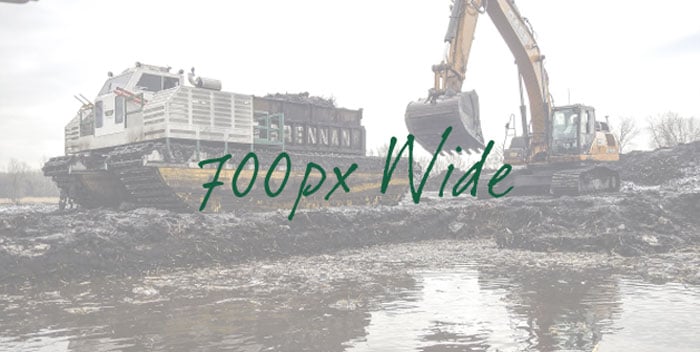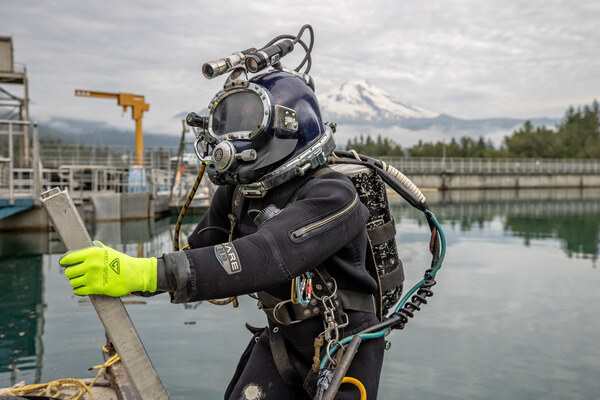Preplaced aggregate concrete (PAC) is not a new concept. In fact it is a method of concrete placement that has been around since the late 1930’s. However, it is often overlooked as an option to repair dams and bridge piers. In fact, it is one of the most effective forms of underwater concrete repair.
- Environmental
- Marine Construction
- Dam Construction
- Harbor Management
- Railroad




 Newer Posts
Newer Posts